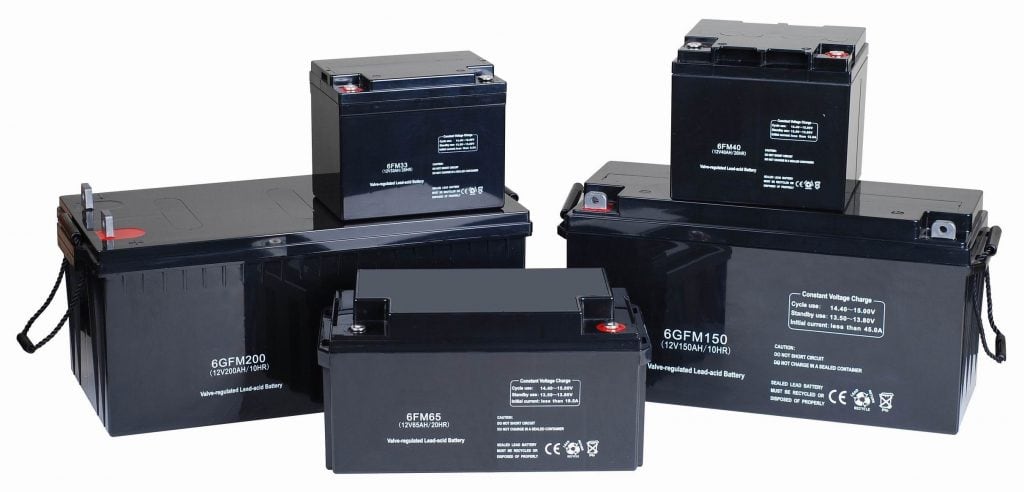It is a well-known fact that batteries, when discharged regularly, perform better. A deep cell battery has been created to discharge most of its capacity. As you know, there can be lead-acid batteries and cranking automotive batteries so that partial discharge can take place.
Starting from the automotive sector to the marine field, batteries play a crucial role anywhere and everywhere. They can be classified under the following heads:
Flooded Lead-acid batteries: One of the most common deep cell battery that has been used for decades. This type of battery is famous for its long life, its cost-effective nature.
But some problems like having a high self-discharge rate and not being spill-proof enough along with emitting gases require good maintenance without fast charging capabilities.
Gel cells: All the above problems can be solved by the gel cells starting from low self-discharging rate, fast charging capabilities are also present. They have recommendable capacity though, with higher costs and a bit increased acid resistance(compared to AGM cells).
AGM batteries: AGM (Absorbed Glass Mat) are famous for having great discharge and recharge capacities of the battery. These batteries have a good performance record. It is advisable to recharge them before it goes below 50%.
Lithium-ion batteries: A blessing to the energy and power output ratio, is the latest set of batteries giving a promising future. They have high durability and are resistive to changes in temperature. There are not any chances of off-gassing. The only cons lie in their huge cost and its unavailability.
The heads to look for while choosing the batteries includes:
Degree of maintenance of the product: The lower the maintenance costs spent on a battery, the easier it becomes to go for the better cell even though the initial cost is high (because it is worth it).
Rate of self-discharge: Self-discharging capability is something that you don’t want your battery to boast of. The lower the self-discharging speed, the better it is (of course you do not want to lose on charge just like that).
Cost-effectiveness and long life: It is always preferable to spend money on batteries which will last longer and work nicely even if its initial cost is more.
Amount of current it can provide concerning hours: Depending on your usage, whether in a high-end company or some small workspace or anything, the ampere-hours can be determined. Higher the ampere-hours, the longer it lasts before the next recharge.
No gas leaking: In a few batteries, it has been found that Hydrogen gas gets leaked. If the concentration of the hydrogen gas gets more than 4%, then you are reading about an explosive. This type of problem has been seen majorly in the lead-acid cells, especially due to the presence of lead.
Resistance when there are vibrations: Another important criterion to be kept in mind since lower vibrations contribute to the battery’s wellness.
Preferably lighter in weight: Portability is a huge concern when it comes to batteries. The lighter your cell is, the more you can use it irrespective of the requirement to carry it.
Allow the battery to rest: Letting the battery cool down after usage or recharge is vital to prevent its damage as a whole.
